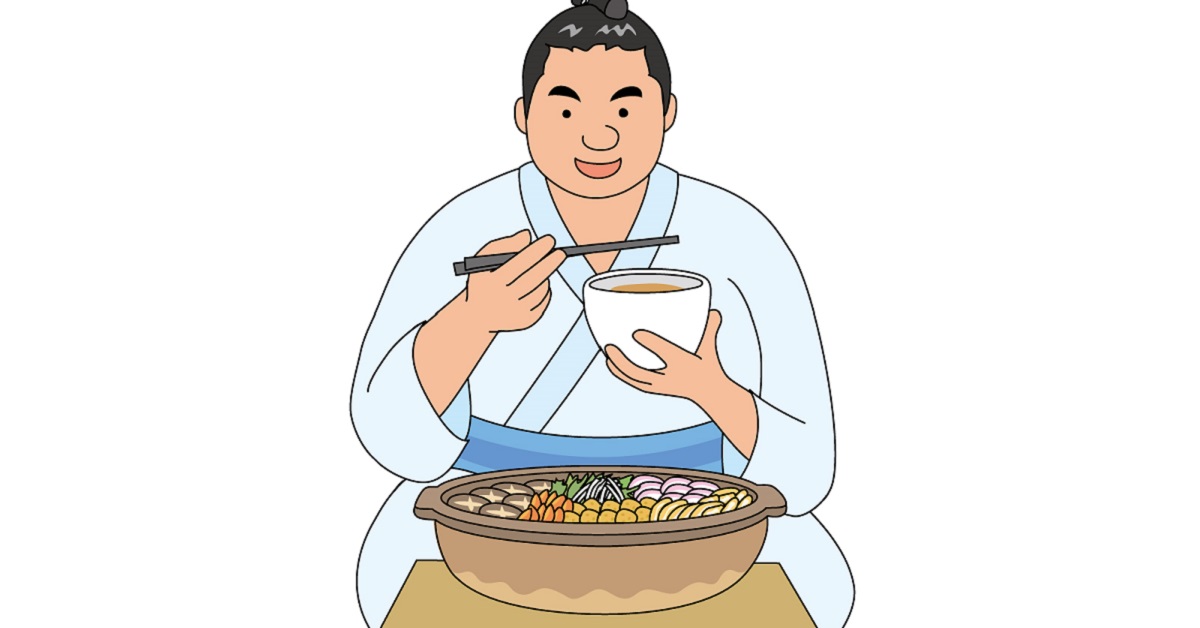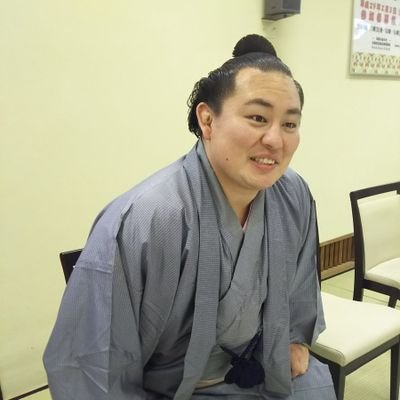A sumo stable is a sacred place where wrestlers train, live, and grow together under the guidance of their master. Beyond being a training hall, it is the heart of Japan’s cultural spirit. In this article, we explore the structure, traditions, and the growing international presence of sumo stables in today’s Japan.
The Structure and Role of a Sumo Stable
A sumo stable is a community built around the oyakata (master)—a former professional wrestler—who trains and oversees his disciples. The oyakata is not only responsible for technical instruction but also plays a vital role in managing their daily lives and nurturing discipline and mental strength.
| Position | Main Role |
|---|---|
| Oyakata (Master) | Leads the stable, instructs wrestlers, and manages operations |
| Okamisan (Stablemaster’s Wife) | Provides emotional and practical support, like a mother figure |
| Rikishi (Wrestlers) | Train daily and aim to rise through the ranking system |
| Gyoji / Tokoyama | Officiate matches and style wrestlers’ hair for bouts |
| Wakamonogashira / Sekitori Attendant | Oversee daily discipline and logistics |
A sumo stable is far more than a gym—it is a place of education, discipline, and personal growth. Wrestlers live and train together, learning respect and humility through a strict hierarchy that mirrors traditional Japanese values.
The Daily Life of a Rikishi
Life in a sumo stable is structured with precision and purpose. Every action—from early morning practice to communal meals—is designed to cultivate both strength and character.
| Time | Activity | Description |
|---|---|---|
| 5:00 AM | Wake-up & preparation | Wrestlers clean the stable and get ready for training |
| 6:00 AM | Morning practice | Intense training: stomping, pushing, and sparring |
| 10:00 AM | Cleaning & breakfast | Younger wrestlers handle chores and cook the first meal |
| 1:00 PM | Rest & strength training | Nap, gym work, or errands in the afternoon |
| Evening | Dinner & free time | Meal, relaxation, and preparation for the next day |
Though the lifestyle is strict, it fosters deep bonds of trust and mutual respect. Living together teaches not only physical endurance but also teamwork and discipline—values that lie at the heart of sumo.
The Ichimon System and Stable Types
While each sumo stable operates independently, they often belong to larger groups known as ichimon (alliances). These groups promote cooperation, maintain tradition, and preserve balance across the sumo world.
| Ichimon Name | Major Stables | Key Traits |
|---|---|---|
| Dewanoumi Ichimon | Dewanoumi Stable, Kasugano Stable | Historic and tradition-oriented |
| Takasago Ichimon | Takasago Stable, Asahiyama Stable | Focused on skill transmission |
| Isegahama Ichimon | Isegahama Stable, Asakayama Stable | Produced multiple Yokozuna champions |
| Tokitsukaze Ichimon | Tokitsukaze Stable, Kise Stable | Renowned for developing young talent |
| Nishonoseki Ichimon | Nishonoseki Stable, Dewanoumi Stable | Blends old and new philosophies |
Through this system, stables maintain a spirit of unity. While they compete fiercely, they also cooperate to preserve the dignity and future of professional sumo.
Foreign Wrestlers and the Globalization of Sumo
Sumo has become increasingly international, with wrestlers from Mongolia, Georgia, the United States, and Egypt joining Japanese stables. These athletes train under the same discipline, adapting to Japanese customs while bringing new perspectives to the sport.
| Country | Notable Wrestlers | Characteristics |
|---|---|---|
| Mongolia | Hakuho, Terunofuji | Highly skilled and mentally strong |
| Georgia | Tochinoshin | Known for raw power and resilience |
| Egypt | Osunaarashi | The first Middle Eastern rikishi |
| United States | Kyokutenho, Kiribayama | Internationally recognized pioneers |
By rule, each stable may only accept one foreign wrestler at a time. This ensures proper cultural integration and harmony within the stable. The success of foreign rikishi has also helped introduce sumo’s values of respect, endurance, and humility to a global audience.
The “Chanko” Food Culture of Sumo Stables
One of the most symbolic aspects of stable life is chanko-nabe, a nutritious hot pot meal that embodies the unity and strength of sumo wrestlers. Each stable has its own recipes and traditions, often reflecting the character of its master.
| Type | Description |
|---|---|
| Soy Sauce Chanko | The most common style, featuring chicken broth with a savory aroma |
| Miso Chanko | Rich and hearty, ideal for winter |
| Salt Chanko | Light and refreshing, perfect for summer |
| Kimchi Chanko | A spicy variant influenced by international wrestlers |
Chanko is not just food—it’s a symbol of fellowship and gratitude. Sharing meals strengthens camaraderie among wrestlers, reinforcing the family-like bond that defines stable life.
The Relationship Between Master and Disciple
The relationship between the oyakata and his disciples is built on trust, respect, and lifelong mentorship. The master’s strictness stems from a genuine desire to see his wrestlers succeed, not just in the ring but as honorable individuals.
Wrestlers, in turn, devote themselves to their oyakata’s guidance. Many later become masters themselves, passing on the techniques and values they inherited. This unbroken chain of mentorship keeps the spirit of sumo alive through generations.
Sumo Stable Visits and Cultural Experiences
Today, many stables open their doors to the public, allowing visitors to observe morning practice sessions. Watching wrestlers train up close offers insight into the discipline, humility, and raw power behind the sport.
| Visitor Guidelines | Details |
|---|---|
| Dress & Behavior | Stay quiet and respectful; do not interrupt training |
| Photography | Ask permission—each stable has different rules |
| Cultural Experience | Some tours include tasting chanko-nabe for an immersive visit |
Through these visits, foreigners gain firsthand experience of Japanese hospitality and order. A sumo stable is not just a sports facility—it is a living example of Japan’s “wa” (harmony) and respect-based culture.
Conclusion
A sumo stable is a microcosm of Japanese tradition, discipline, and respect.
It is a place where young wrestlers grow not only in strength but in spirit, guided by their masters through every challenge.
Even as sumo becomes global, its core remains unchanged—dedication, humility, and harmony.
Within the walls of each stable lives the heart of Japan itself, where the past and present coexist, and the next generation of rikishi prepares to uphold an ancient legacy.
A sumo stable is, therefore, more than a training ground—it is a living heritage of Japanese culture and perseverance.





コメント